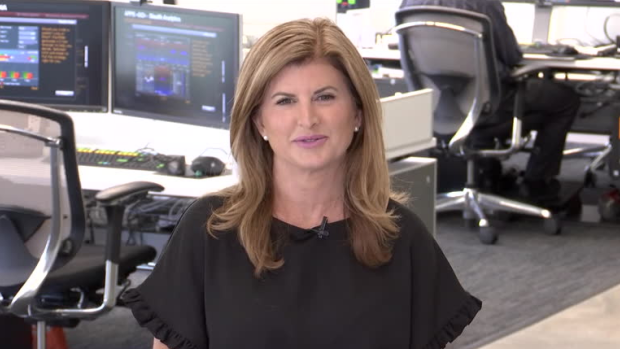Aug 13, 2018
Trump will use auto tariffs as 'very big hammer' in NAFTA talks: Ambrose

Canada needs to be wary of U.S. President Donald Trump’s potential auto tariffs as it prepares to step back to the NAFTA negotiating table, according to a member of Canada’s advisory council.
“I think that Trump is using [auto tariffs] as a very big hammer against Canada and I believe that he is serious, and we have to take it very seriously because of the obvious impact on the economy,” Rona Ambrose, global fellow at the Wilson Center Canada Institute, told BNN Bloomberg in an interview on Monday.
It’s not just Ontario’s economy that would feel the force of the blow, Ambrose said.
“We’re looking at a 25 per cent tariff on our auto sector potentially starting in the first weeks of September,” she said. “That’s what they’re aiming towards, and, as you know, one in five jobs could be affected in the manufacturing sector. We could see a loss of growth in 2019 by a half a percentage point. This would devastate the economy of Ontario and there would [be], obviously, a ripple effect across the economy of Canada.”
With talks between the United States and Mexico to resolve some of the automotive issues that had served as free trade sticking points “coming along nicely,” according to Trump, it is expected that the three nations will soon reconvene to focus on the issues that affect them all.
So, what does Canada need to do to get a deal done after what Ambrose called a surprise “meeting of minds” between Trump and new Mexican president Andres Manuel Lopez Obrador?
She says it may be time to get creative and make some concessions.
“These looming tariffs are huge and obviously put a tonne of pressure on our negotiating team to think about where we might find some flexibility around some of these tough issues like dairy, or the sunset clause,” she said.
“Perhaps we could have some kind of a sunset clause that is longer than five years, but has some kind of mechanisms built into it so that there isn't necessarily an automatic review triggered every 10 years. There’s ways in which we can look at some nuances to some of these issues, and that goes for the dispute-resolution mechanism, too,” she added.
“But, we can somehow come to a resolution. So, this is where all the creativity [is needed]. A lot of the negotiating will happen over the next couple of weeks.”

